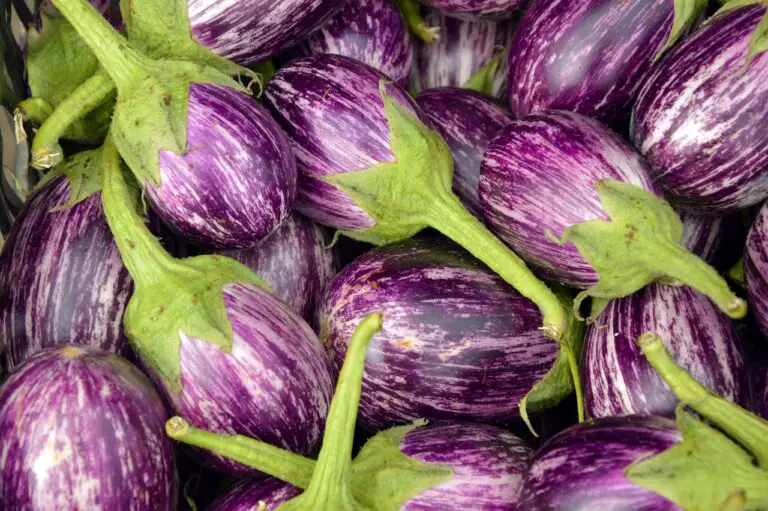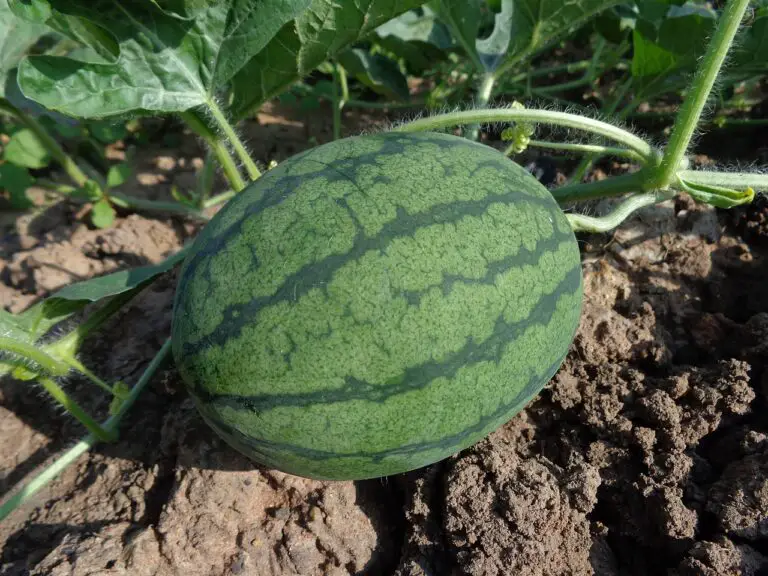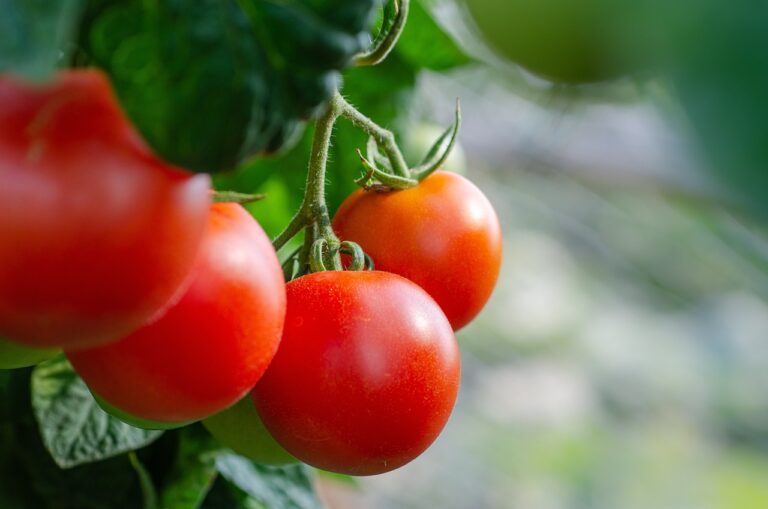10 Tips To Increase Fruit Production On Zucchini

Zucchini, a versatile and nutrient-rich vegetable, has become a staple in many gardens worldwide. While it is relatively easy to grow, achieving a bountiful harvest requires careful attention to specific factors. Whether you’re a seasoned gardener or a novice with a green thumb, these ten tips will guide you on how to increase fruit production on your zucchini plants, ensuring a plentiful and flavorful yield.
10 Tips To Increase Fruit Production On Zucchini
1. Selecting the Right Variety
Choosing the right zucchini variety is the first crucial step toward a successful harvest. Different varieties have varying growth habits, disease resistance, and fruiting patterns. Consider factors such as your climate, available space, and desired zucchini characteristics to ensure optimal production.
Zucchini plants thrive when matched with the appropriate variety for your growing conditions. For warmer climates, selecting heat-tolerant varieties can enhance productivity. Compact bush varieties are ideal for small spaces, while vining types may suit larger gardens. By aligning your choice with your specific circumstances, you set the stage for a successful growing season.
2. Provide Adequate Sunlight
Zucchinis are sun-loving plants, and insufficient sunlight can impede their fruiting potential. Ensure your zucchini patch receives a minimum of 6-8 hours of direct sunlight daily to encourage robust growth and increased fruit production.
Sunlight is the engine that drives photosynthesis, the process by which plants convert sunlight into energy. Adequate sunlight not only fuels the plant’s overall health but also promotes flower development, a prerequisite for fruit formation. Consider the sun exposure in your garden when planning the zucchini bed to maximize the potential yield.
3. Implement Proper Spacing
Crowded zucchini plants can lead to reduced air circulation and increased susceptibility to diseases. To optimize fruit production, provide adequate spacing between plants. This practice helps prevent overcrowding, allowing each plant to receive sufficient nutrients and sunlight.
Spacing considerations are vital for zucchini plants to ensure efficient nutrient absorption and air circulation. Overcrowding not only hampers individual plant growth but can also contribute to the spread of diseases. By adhering to recommended spacing guidelines, you create an environment that promotes healthy zucchini development and higher fruit yields.
4. Optimal Soil Conditions
Zucchinis thrive in well-draining soil rich in organic matter. Assess your soil’s composition and make amendments as necessary to create an environment conducive to healthy root development and optimal nutrient uptake.
Soil is the foundation of a successful garden, and zucchinis are no exception. A soil test can provide insights into its composition, allowing you to make informed amendments. Well-draining soil prevents waterlogging, while organic matter enhances fertility. By fine-tuning your soil conditions, you create a nurturing environment that supports robust zucchini plants and maximizes fruit production.
5. Strategic Watering Practices
While zucchinis appreciate consistent moisture, overwatering can lead to root rot and other issues. Implement a watering schedule that maintains soil moisture without causing waterlogged conditions, ensuring the plants receive the hydration they need for healthy fruit development.
Water is a critical factor in zucchini production, and finding the right balance is key. Implement a watering schedule that keeps the soil consistently moist but not waterlogged. Consider factors such as weather conditions and soil type when determining your watering routine. Proper hydration supports the development of well-formed zucchini fruits and reduces the risk of water-related issues.
6. Fertilize Appropriately
Zucchinis are heavy feeders, and providing them with the right nutrients is essential for optimal fruit production. Use a balanced fertilizer with a higher ratio of phosphorus to encourage flowering and fruiting. Apply fertilizer at the right times during the growing season to meet the plant’s changing nutrient needs.
Fertilization is a key component in the quest for abundant zucchini harvests. Choose a well-balanced fertilizer with a higher phosphorus content to promote robust flowering and fruiting. Timing is crucial; applying fertilizer at different stages of the growing season ensures that the plants receive the nutrients they need when they need them. By addressing the nutritional demands of zucchinis, you set the stage for a productive yield.
7. Pruning for Productivity
Strategic pruning can enhance zucchini fruit production by redirecting energy to developing fruits and improving air circulation. Remove excess foliage and lateral branches, focusing the plant’s resources on producing quality fruits.
Pruning is a valuable technique for optimizing zucchini plant energy and resources. By removing excess foliage and lateral branches, you encourage the plant to direct its energy towards fruit development. This not only improves the quality of the fruits but also enhances air circulation, reducing the risk of diseases. Thoughtful pruning is a proactive measure that contributes to increased zucchini productivity.
8. Encourage Pollination
Zucchinis rely on pollination for fruit set, and facilitating this process can significantly boost production. Encourage pollinators such as bees to visit your garden by planting pollinator-friendly flowers nearby. Consider hand-pollination for increased control over the process.
Pollination is a pivotal step in the zucchini fruiting journey, and attracting pollinators can make a significant difference. Planting pollinator-friendly flowers in close proximity to your zucchini patch can entice bees and other beneficial insects. If pollinator activity is limited, consider hand-pollination as a proactive measure. By actively supporting the pollination process, you enhance fruit set and increase the likelihood of a bountiful zucchini harvest.
9. Disease Prevention Strategies
Zucchinis are susceptible to various diseases that can hinder fruit production. Implement preventive measures such as crop rotation, proper spacing, and disease-resistant varieties to minimize the risk of infections.
Disease prevention is a crucial aspect of zucchini cultivation, as diseases can compromise plant health and reduce fruit production. Crop rotation helps disrupt the life cycles of soil-borne pathogens, while proper spacing promotes air circulation, reducing the likelihood of fungal infections. Opting for disease-resistant varieties adds an additional layer of protection. By proactively addressing disease risk, you create a resilient environment for your zucchini plants to thrive.
10. Harvest Timing and Technique
Knowing when and how to harvest zucchinis is essential for encouraging continuous fruit production. Harvest fruits when they are still tender and relatively small, using a sharp knife to prevent damage to the plant. Regular harvesting stimulates the plant to produce more fruits throughout the growing season.
Harvesting is the culmination of your efforts, and timing plays a crucial role in ensuring ongoing fruit production. Harvest zucchinis when they are still tender and small, using a sharp knife to avoid damaging the plant. Regular harvesting signals to the plant that more fruits are needed, prompting continuous production. By mastering the art of harvest timing and technique, you maximize the yield potential of your zucchini plants.
In conclusion, achieving a prolific zucchini harvest requires a holistic approach that considers various factors, from the initial selection of the right variety to meticulous care throughout the growing season. By implementing these ten tips, you can create an environment that fosters healthy zucchini plants and encourages abundant fruit production. Whether you’re a novice gardener or an experienced enthusiast, these strategies will set you on the path to a rewarding zucchini harvest.






